Ever wonder if your pain is coming from your bones, nerves, or muscles? I get it—it’s not always easy to tell! Maybe your back hurts after lifting something heavy, or your leg feels tingly and weird after sitting too long. Is it bone pain, nerve pain, or muscle pain? It’s confusing, right? Don’t worry—you’re in the right place. In this post, I’ll break down the difference between these types of pain in simple terms and give you real solutions to feel better fast. Let’s dive in!
What is Muscle Pain?
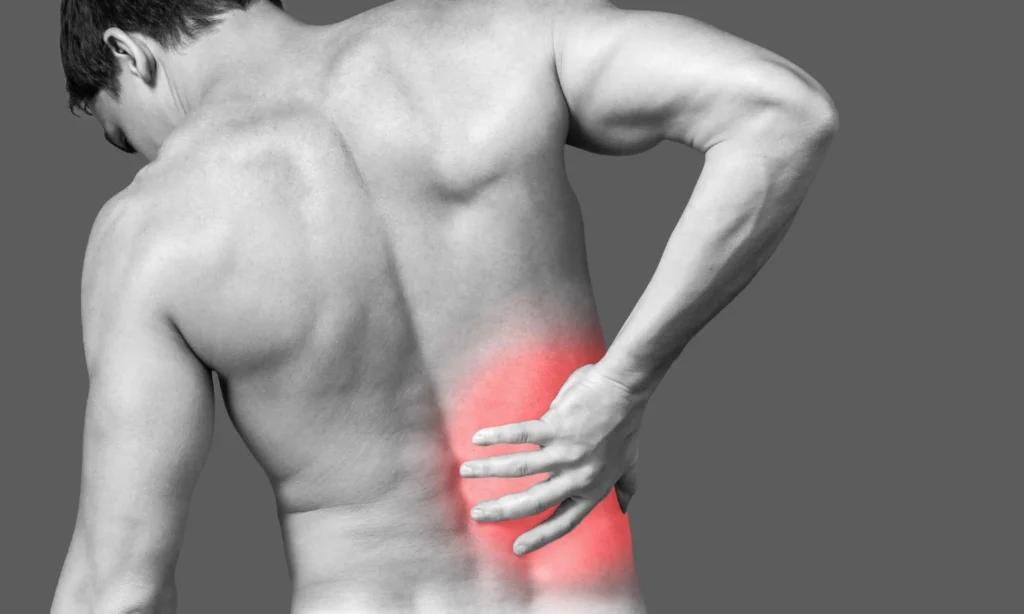
Muscle pain, or soreness, is something we all feel at some point. It’s that aching or throbbing feeling that often comes after exercise, overuse, or even from sitting in the wrong position too long. Sometimes, it’s a dull, constant ache, while other times, it can be sharp and sudden. Muscle pain can affect a small area, like your neck or shoulder, or it can be widespread, like after a tough workout.
But it’s not just physical activity that causes it. Muscle pain can also come from stress, poor posture, or injuries. Some illnesses, like the flu or fibromyalgia, can also trigger muscle soreness.
In the next sections, we’ll dive into what causes muscle pain, the common symptoms, and different treatment options to help you recover faster and feel better. If muscle pain is slowing you down, keep reading to learn how to fix it!
What Causes Muscle Pain?
Muscle pain can come from a variety of everyday activities. One common cause is overuse—like after an intense workout or moving heavy furniture. Even sitting in a bad posture at your desk can strain your muscles, leading to soreness. Injuries, like a pulled muscle from sports, are another big culprit.
Other causes might surprise you. Stress, for instance, can tense up your muscles, especially in your neck and shoulders. Certain illnesses like the flu, Lyme disease, or fibromyalgia can also bring widespread muscle pain.
Next, we’ll explore the symptoms of muscle pain and how to recognize it early!
Symptoms of Muscle Pain
Muscle pain can show up in different ways, and understanding the symptoms can help you identify it early. Here are some common signs:
- Aching or throbbing: You might feel a dull ache or tenderness in one specific muscle or group of muscles, especially after heavy lifting or exercise.
- Stiffness: Ever wake up with tight muscles that make it hard to move? This is a classic symptom, often caused by overuse or bad posture.
- Sharp pain with movement: If certain movements cause sharp pain, like reaching or bending, it could be from a muscle strain or injury.
- Localized soreness: Unlike nerve pain that may radiate, muscle pain often stays in one area, like a sore shoulder after working at a desk all day.
- Fatigue: Muscles may feel weak or exhausted after simple tasks, which is often seen with conditions like fibromyalgia.
Now that you know the symptoms, let’s explore treatment options for muscle pain to help you recover quickly!
Treatment Options for Muscle Pain
When it comes to muscle pain treatment, there are several options depending on the cause and severity of your pain:
- Rest and Ice: For mild strains or overuse, resting the affected area and applying ice can reduce swelling and pain.
- Stretching and Exercise: Gentle stretching and low-impact exercises, like walking or swimming, help loosen tight muscles and promote healing
- Physical Therapy: Customized physical therapy, like what we offer at Innovative Therapy PC, helps target muscle recovery. Our expert, Mary Thomas P.T., specializes in creating personalized plans to strengthen muscles, improve flexibility, and relieve pain
- Massage Therapy: Deep tissue or trigger point massage can release muscle tension and improve circulation
- Medications: Over-the-counter pain relievers such as ibuprofen or muscle relaxants may help in managing more severe muscle soreness
- Alternative Therapies: Techniques like dry needling or cupping therapy can offer additional relief for persistent pain
If muscle pain is keeping you from your daily routine, don’t hesitate to reach out to us. Schedule a consultation with Innovative Therapy PC for a personalized physical therapy plan and start your recovery today! Up next, we’ll discuss nerve pain and how it differs from muscle pain.
What is Nerve Pain?
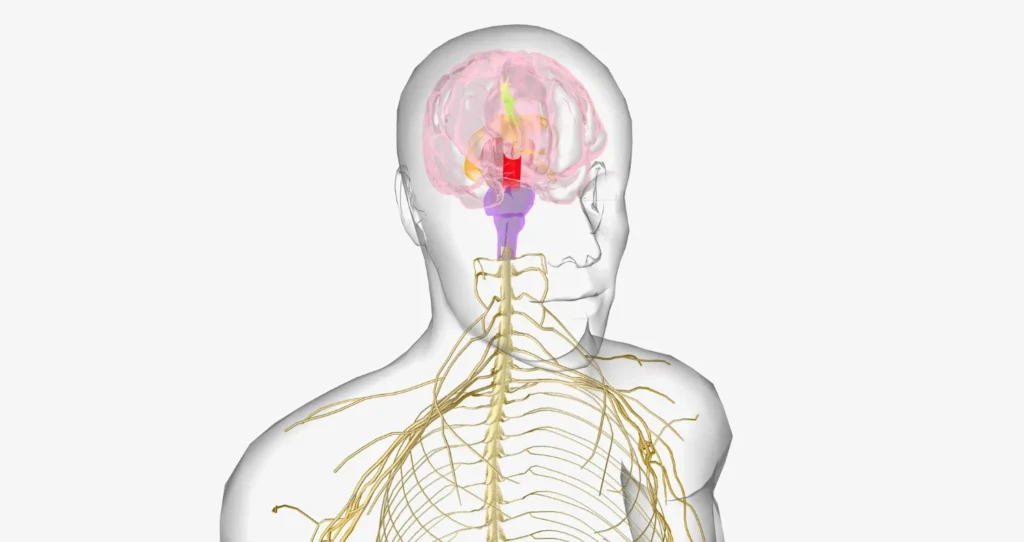
Nerve pain, often called neuropathic pain, feels different from other types of pain. It’s not just a dull ache or soreness—it’s more like a sharp, burning, or tingling sensation that may feel like electric shocks. Unlike muscle or bone pain, nerve pain doesn’t always have a clear injury, which makes it more frustrating. It happens when the nerves themselves are damaged or irritated, causing mixed signals to the brain.
If you’ve ever felt an odd sensation like pins and needles or a numb, burning feeling in your hands or feet, it could be nerve pain. In the following sections, we’ll dive deeper into what causes nerve pain, the symptoms you should look out for, and various treatment options to help you get relief. Keep reading to learn more!
What Causes Nerve Pain?
Nerve pain, or neuropathic pain, occurs when the nerves responsible for sending signals to the brain become damaged or dysfunctional. One of the most common causes is injury, such as a herniated disc in the spine that compresses nearby nerves, leading to pain, tingling, or numbness. Diabetes is another major factor, as high blood sugar over time can harm nerves, particularly in the hands and feet, causing diabetic neuropathy.
Infections like shingles can inflame nerves and result in sharp, burning pain, while diseases such as multiple sclerosis or HIV may also lead to nerve damage. Some medications, especially those used in chemotherapy, can cause nerve damage as a side effect. Additionally, long-term alcohol abuse can contribute to the deterioration of nerve function. Since the causes vary, diagnosing the root of the pain is essential for effective treatment and pain relief.
Symptoms of Nerve Pain
Nerve pain has its own unique set of symptoms that are often quite different from muscle or bone pain. Here are the common signs:
- Burning or tingling: A common feeling like pins and needles, or burning sensations in the hands or feet.
- Electric shock pain: Sudden sharp, shooting pain, often triggered by something as simple as moving or touching the affected area.
- Numbness: You may notice a loss of feeling in certain parts of your body.
- Hypersensitivity: Even the lightest touch, like your clothes brushing against your skin, can feel painful.
- Muscle weakness: Sometimes nerve pain can also lead to muscle weakness or coordination problems.
If these symptoms sound familiar, you’re likely dealing with nerve pain. Keep reading to explore treatment options that can help relieve these uncomfortable sensations.
Treatment Options for Nerve Pain
Treating nerve pain is more complex than just resting or icing the area. Here are some of the most effective treatment options:
- Medications: Anticonvulsants or antidepressants are commonly prescribed to help manage nerve pain.
- Physical Therapy: Personalized physical therapy can help reduce nerve compression and improve mobility. At Innovative Therapy PC, experts like Mary Thomas P.T. create custom plans to relieve pressure on nerves and improve function.
- Injections: Nerve blocks or steroid injections can offer more direct relief for severe nerve pain.
- Lifestyle Changes: Keeping blood sugar levels under control (for diabetic patients) or incorporating light exercise like swimming can reduce nerve pain.
- Alternative Therapies: Acupuncture or electrical stimulation may also help relieve nerve pain symptoms.
If nerve pain is affecting your daily life, contact us at Innovative Therapy PC for a personalized treatment plan. Let us help you find relief today!
What is Bone Pain?
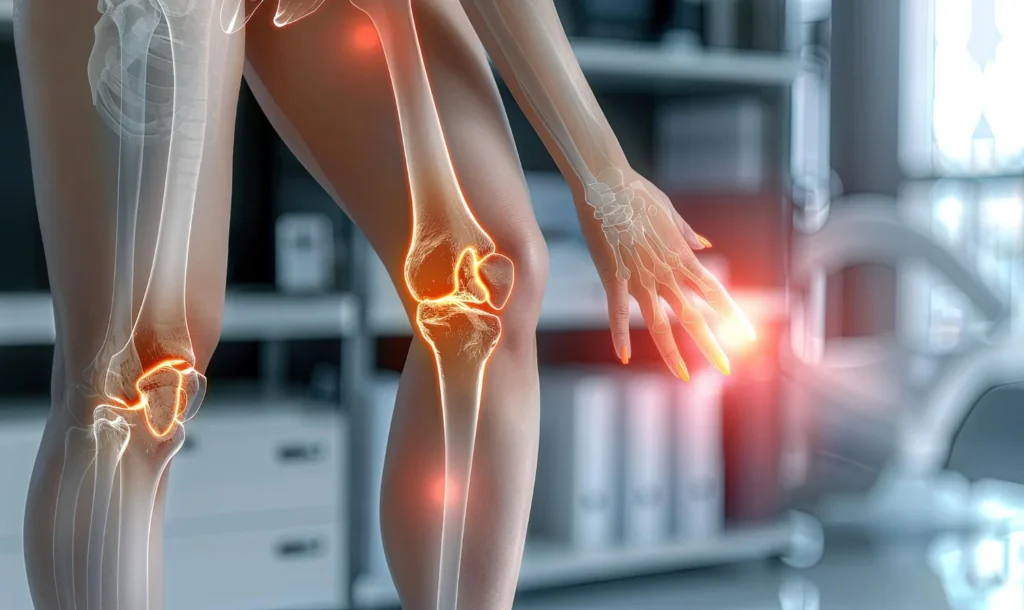
Bone pain is a deep, aching sensation that often feels more intense than muscle or joint pain. Unlike other types of discomfort, bone pain tends to be more persistent and is often linked to serious conditions. You might experience bone pain in a specific area, such as after a fracture, or it could be widespread, signaling something deeper, like an infection or a bone-related disease. It can occur when bones are weakened or injured and can affect anyone, regardless of age. Understanding the difference between bone pain and other types of pain is essential to get the right treatment and relief.
What Causes Bone Pain?
Bone pain can be caused by a variety of factors, many of which are serious and require medical attention. Fractures from trauma or injury are one of the most common causes. When a bone breaks, the surrounding tissues and nerves are affected, resulting in sharp, localized pain. Other causes include osteoporosis, a condition where bones become brittle and weak, increasing the risk of fractures. Infections, like osteomyelitis, can cause severe pain by inflaming the bone and surrounding tissues. In more serious cases, bone pain can be linked to bone cancer or cancers that have spread to the bones, causing deep, aching discomfort that doesn’t go away easily.
Symptoms of Bone Pain
The symptoms of bone pain often vary depending on the cause but typically include:
- Deep, aching pain: Unlike muscle pain, bone pain often feels more intense and is constant.
- Localized pain: You may feel pain in a specific bone or area, especially after an injury or fracture.
- Worsening with movement: The pain may become more severe when you move or apply pressure to the affected bone.
- Swelling or tenderness: In cases of infection or trauma, the bone area may become swollen and tender to the touch.
- Chronic pain: If caused by conditions like osteoporosis or cancer, the pain can persist for long periods without relief.
If you’re experiencing these symptoms, especially without a clear cause, it’s important to seek medical evaluation to determine the underlying issue.
Treatment Options for Bone Pain
Treatment for bone pain depends on the underlying cause. For fractures, immobilization with a cast or brace is necessary, often accompanied by pain management through medications. Osteoporosis treatments focus on strengthening bones through medications like bisphosphonates and lifestyle changes, such as increased calcium and vitamin D intake. In cases of infection like osteomyelitis, antibiotics and sometimes surgery are required to clear the infection. For more serious conditions like bone cancer, treatments may include chemotherapy, radiation, or surgery to remove the cancerous growth.
Physical therapy can also play a key role in bone pain recovery, especially after a fracture or surgery. At Innovative Therapy PC, our team works to restore mobility and strength, while reducing pain. If bone pain is affecting your daily life, reach out to us for a personalized recovery plan. Next, we’ll dive into nerve pain and how it compares to bone pain.
When To See A Doctor
If you’ve been experiencing bone pain, whether it’s from an injury or persistent aching that won’t go away, it’s important to know when to seek medical attention. You should see a doctor if:
- The pain lasts more than a few days or gets worse over time.
- You’ve had a recent injury or fall, and the pain is intense or preventing movement.
- The pain is accompanied by swelling, tenderness, or changes in the skin around the bone.
- You experience fever or other signs of infection, which could indicate a bone infection.
- There is unexplained weight loss or fatigue, which could be symptoms of more serious conditions like bone cancer.
Getting early treatment can prevent complications and speed up recovery. If you’re dealing with bone pain after a fracture, surgery, or ongoing discomfort, Innovative Therapy PC offers expert physical therapy services to help you regain mobility and strength. Our experienced therapists, like Mary Thomas P.T., specialize in tailored recovery plans that target bone health and pain relief. Contact us today for a consultation or quote!
FAQs about difference between bone pain vs nerve pain vs muscle pain
Can a pinched nerve feel like muscle pain?
Yes, a pinched nerve can sometimes feel like muscle pain. When a nerve is compressed, it can cause sharp pain, tingling, or even muscle tightness. However, unlike typical muscle pain, nerve pain is often accompanied by sensations like burning or numbness and may radiate from the point of compression into surrounding areas, such as the arms or legs.
Can nerve pain feel like tight muscles?
Yes, nerve pain can sometimes feel like muscle tightness, especially if the nerve is irritated or compressed. A good example is sciatic nerve pain, where tightness in the lower back or hamstrings is often felt alongside shooting pains. However, while muscle tightness usually improves with stretching, nerve pain tends to persist and worsen if untreated.
When should I be worried about muscle pain?
You should be concerned about muscle pain if it:
- Lasts longer than a week or keeps coming back.
- Is accompanied by swelling, redness, or a fever, which could indicate infection.
- Is severe enough to limit movement or sleep.
- Comes with numbness or tingling, which may suggest nerve involvement.
In these cases, seeing a doctor or a physical therapist can help pinpoint the issue and offer appropriate treatment.
Muscular back pain often feels like a dull ache or tightness that gets worse with movement and improves with rest. It may be triggered by overuse, poor posture, or a sudden strain. On the other hand, if the pain is sharp or radiates down the leg (like in sciatica), it’s more likely to be nerve-related.
How to tell if back pain is muscular?
Nerve pain in the leg, such as sciatica, often feels like a sharp, shooting, or burning sensation. It may be accompanied by numbness or tingling, and the pain can travel from the lower back down to the buttocks, and even into the feet. Unlike muscle pain, nerve pain can worsen with prolonged sitting or standing.
What does nerve pain in my leg feel like?
A burning sensation in your muscles without exercise could be a sign of nerve irritation or inflammation. This can occur due to conditions like pinched nerves or nerve compression. Another possibility is a muscle strain from overuse, stress, or even dehydration.
Why are my muscles burning without exercise?
Yes, nerves generally take longer to heal than muscles. While muscles can recover in a matter of days to weeks depending on the severity of the injury, nerve healing can take months or even years due to the slower regeneration process of nerve fibers.
Do nerves take longer to heal than muscles?
Muscle pain feels like soreness or stiffness and often improves with rest or stretching. Nerve pain, on the other hand, is more likely to feel like burning, tingling, or a sharp, shooting pain that doesn’t improve with typical remedies. If your pain comes with numbness or radiating discomfort, it’s likely nerve-related.
How to tell the difference between muscle pain and nerve pain?
Muscle pain feels like soreness or stiffness and often improves with rest or stretching. Nerve pain, on the other hand, is more likely to feel like burning, tingling, or a sharp, shooting pain that doesn’t improve with typical remedies. If your pain comes with numbness or radiating discomfort, it’s likely nerve-related.
How do I know if my pain is nerve pain?
You may be dealing with nerve pain if you experience:
- Sharp, burning, or shooting sensations.
- Tingling, numbness, or a feeling of pins and needles.
- Pain that radiates or travels along a nerve path (e.g., from your back to your leg).
- Hypersensitivity to touch or changes in temperature.
How to know if back pain is nerve or muscle?
Muscle-related back pain often feels like stiffness or a dull ache that worsens with movement. Nerve-related back pain, like sciatica, typically feels sharp and may radiate down one leg. If your back pain is accompanied by numbness or tingling, it’s more likely to be nerve pain.
How do you tell if it’s a pinched nerve or pulled muscle?
A pinched nerve often causes sharp, burning pain that may be accompanied by numbness or tingling and can radiate into nearby areas. A pulled muscle, on the other hand, feels more like localized soreness or stiffness that worsens with movement but doesn’t usually radiate. If you’re unsure, a physical therapist can help diagnose the cause and create a treatment plan.



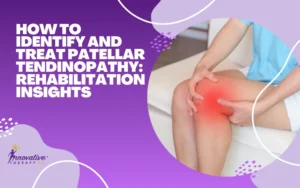

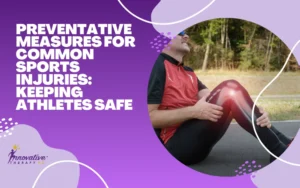
3 Responses